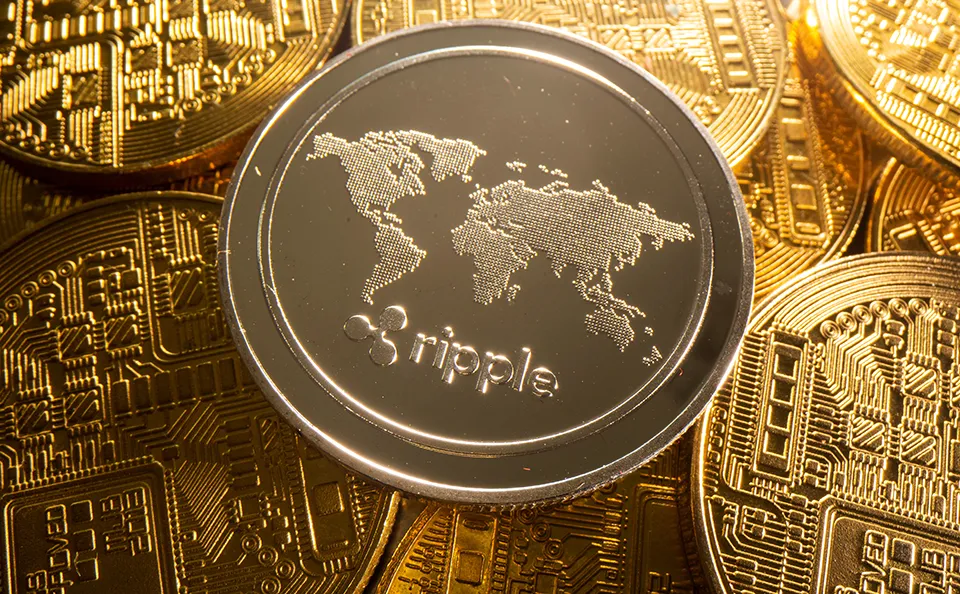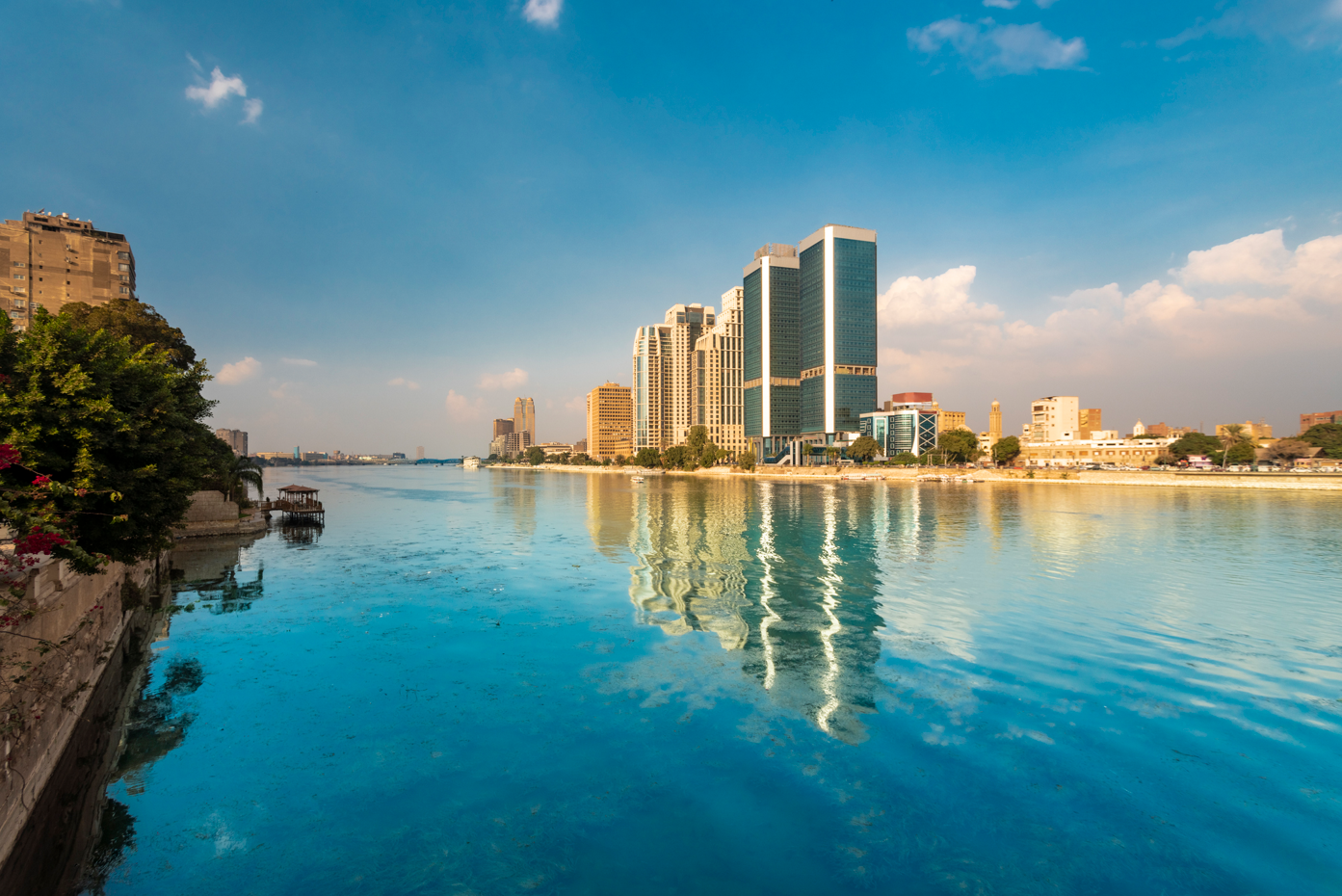It is all too rare that the dateline ‘San Francisco and Ngerulmud’ appears at the head of a press release, but these are unusual times. An exception came last week when Ripple partnered with the Republic of Palau to “explore the country’s first national digital currency and its use cases with the XRP Ledger”.
Well, why not? In an era in which El Salvador wants to build a bitcoin city powered by the Conchagua volcano, nothing is off the table.
Access intelligence that drives action
To unlock this research, enter your email to log in or enquire about access




